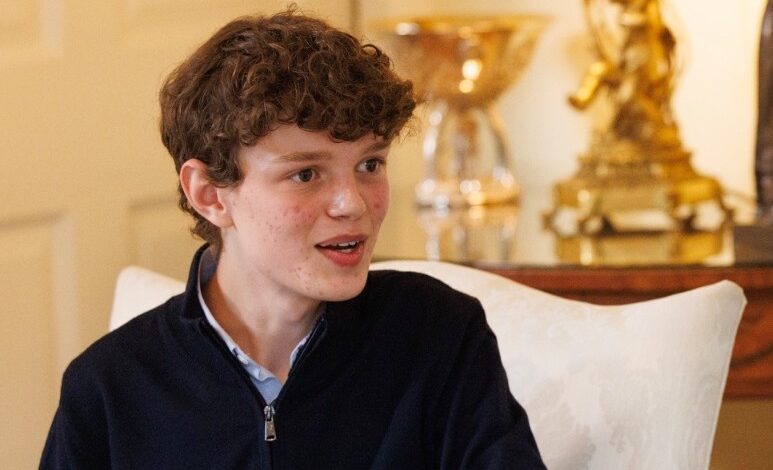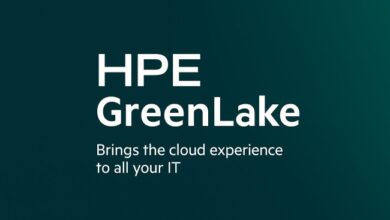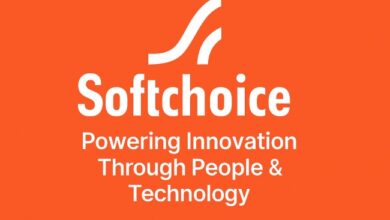Toby Brown – The 17-Year-Old AI Visionary Behind Beem’s Bold Future

In a world where artificial intelligence is dominated by seasoned entrepreneurs and tech giants, Toby Brown stands out as a symbol of youthful brilliance and fearless ambition. At just 17 years old, he has already secured $1 million in venture funding, built an AI startup called Beem, and relocated from London to San Francisco to turn his dream into reality. His story is not just about technology—it’s about redefining what’s possible when passion meets opportunity at a young age.
Who Is Toby Brown?
Toby Brown’s Early Life and Curiosity for Coding
Born in November 2008, Toby grew up in Twickenham, London, showing an early fascination with technology. He began coding at just seven years old using a Raspberry Pi and built his first computer by the age of ten. What started as a childhood curiosity quickly turned into a serious pursuit of knowledge and innovation.
By age 12, Toby had already started experimenting with small projects and joined the global Hack Club community—a network of young developers and tech enthusiasts. There, he sharpened his skills and began thinking like a founder, not just a coder.
Toby Brown’s Age and Family Background
According to The Times, Toby turned 16 in November 2024, which means he is around 17 years old as of November 2025. He also has one younger brother, who was reported to be 13 years old in February 2025. This family background grounds his story: a supportive home, a tight-knit sibling bond, and parents who allowed him to follow his own path beyond traditional schooling.
Toby Brown and Beem: The Birth of an AI-Native Computer
The Idea Behind Beem
Toby Brown’s company, Beem, is his answer to a question he’s been asking since he first touched a keyboard: Why can’t our computers just do things for us?
Beem is described as an “AI-native computer” — a new kind of digital assistant that learns your habits, understands your schedule, manages your emails, books appointments, and even sorts your files. Its goal is to automate everyday digital clutter, freeing users to focus on creative and meaningful work.
The Beem Vision
Toby explains that Beem is designed to bring the same level of innovation to AI that Apple brought to smartphones. Instead of focusing on algorithms and raw power, he wants to create AI that starts from user experience and works backward into technology. His words echo a product-driven mindset rarely seen at such a young age:
“We’re building technology that feels personal — where the computer truly understands you.”
The $1 Million Funding Breakthrough
Securing Venture Capital at Age 16
In February 2025, Toby Brown made headlines after raising $1 million in funding for Beem. The investment came from South Park Commons, a San Francisco-based venture capital firm known for backing early-stage innovators. The funding was structured in two tranches — $400,000 upfront and $600,000 to follow upon the next round — giving the investor about 7 percent equity in Beem.
This milestone officially made him one of the youngest founders to raise venture funding on the global tech stage.
Moving to Silicon Valley
After securing the investment, Toby relocated from the UK to San Francisco, California, to build his company at the heart of the global tech ecosystem. He reportedly received an O-1A visa — a visa reserved for individuals of “extraordinary ability” — further validating his growing reputation in the AI community.
Leaving School to Pursue His Dream
A Bold and Unconventional Decision
Despite being academically “average” by his own admission, Toby realised that traditional schooling couldn’t keep pace with his ambitions. Before sitting his GCSE exams, he made the radical decision to leave school and focus full-time on Beem.
While unconventional, this choice demonstrates his belief that learning doesn’t only happen in classrooms — it happens by building, experimenting, and leading.
Balancing Youth and Leadership
Running a company at 17 brings challenges. Managing teams, investors, and product timelines requires maturity far beyond his years. Yet, Toby sees his youth as an advantage: he brings curiosity, adaptability, and the willingness to take creative risks that others might avoid.
The Road Ahead for Toby Brown and Beem
Product Development and Vision
Beem remains in its early development stage, but Toby’s plans are ambitious. He envisions an ecosystem where AI doesn’t just respond to commands — it anticipates human needs. Beem will integrate everyday apps, emails, calendars, and data systems into a single intelligent interface.
His long-term mission: make personal computing as effortless as having a second brain.
Challenges Along the Way
Every visionary faces obstacles, and Toby Brown is no exception. The AI market is crowded with major competitors, from OpenAI and Anthropic to Google DeepMind. Beem’s success will depend on its ability to differentiate through personalisation, privacy, and seamless user experience.
Yet, Toby’s determination, youthful energy, and deep technical curiosity set him apart in a field often driven by convention.
Why Toby Brown’s Story Matters
Toby Brown’s journey is more than just a story of a teenage founder — it represents a shift in how innovation can emerge. He’s redefining what it means to be a student, a leader, and a technologist. His rise reflects a generation of young minds who are not waiting for permission to create.
Key takeaways:
-
Age: About 17 (turned 16 in November 2024; born November 2008).
-
Brothers: One younger brother, aged 13 as of early 2025.
-
Startup: Beem — an AI-native computer startup in Silicon Valley.
-
Funding: $1 million from South Park Commons VC.
-
Focus: Building an AI that truly understands human behaviour.
Conclusion: The Future According to Toby Brown
Toby Brown embodies the future of innovation — young, fearless, and driven by purpose. From his humble beginnings in London to his venture-backed success in California, he represents the changing face of AI leadership.
As Beem evolves, Toby’s focus remains steady: to create technology that works for people, not the other way around. His journey proves that age is no limit to vision — and that the next revolution in computing may already be led by a teenager who dared to dream bigger than his textbooks.



